Laos is a long country, from north to south, so we went there after visiting north Cambodia. Coming from Siem Reap, my wife and I were the only passengers to alight from the plane in Pakse, Laos’s second biggest city after the capital Vientiane. Again, our travels were captured on one small,
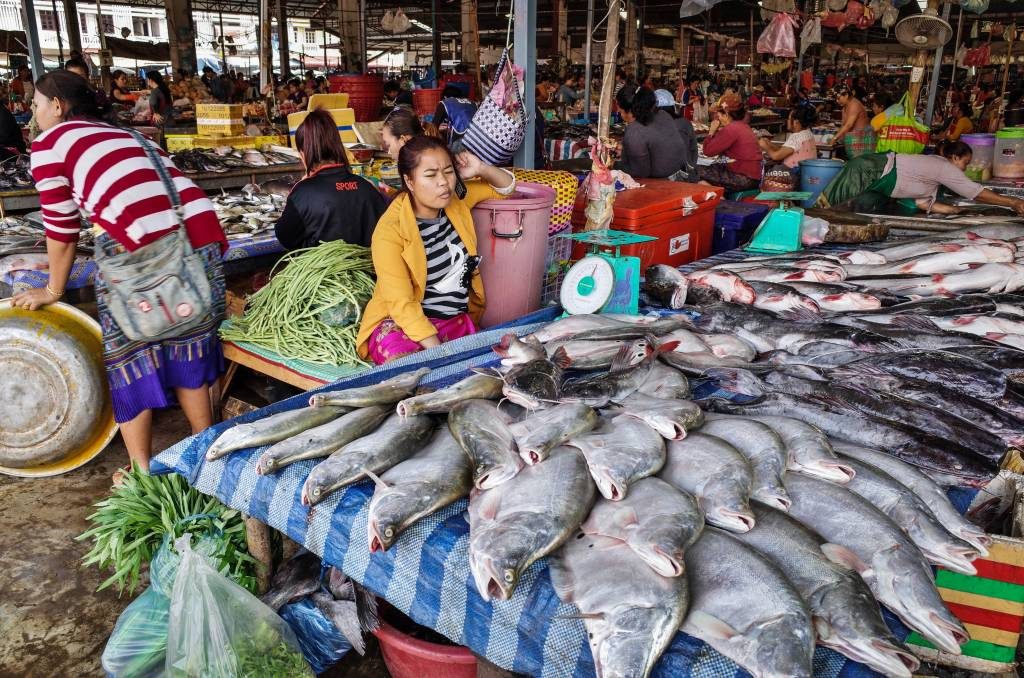
Apart from its market, there is nothing remarkable about Pakse. But that market is surely one of the biggest in the area and is fertile ground for the
Katu villages
Our first stop was in the Katu villages. We were rather disappointed when we stopped at the first settlement since all the inhabitants were dressed in traditional clothes, probably a government idea to develop tourism in the area. I felt a bit uncomfortable about making images of people but I managed to get a few decent shots.
Click on images to view full size
Fortunately, we visited in other villages
Ho Chi Minh Trail.
After we left the Katu area it was time to go on a hike among the coffee plantations and walk on the Ho Chi Minh trail. It was an odd feeling since I grew up as a young kid hearing of the Vietnam war. I saw reports of the war when my parents took me to the cinema as a young boy to see some Disney cartoons or films for children.
The cinemas shared the same ritual, starting with international news accompanied by somewhat blaring music, followed by the advertisements and a cartoon. There was then a short interval when you could buy ice cream, and finally the main feature. Some images I saw at the time are still vivid in my memory fifty years later.
The American army dropped more bombs on Laos than they did on Vietnam. Some munitions are still unexploded and, despite de-mining operations, continue to create havoc among farmers tilling their land or children playing. The Boloven plateau is peaceful again and it was great to walk in the coffee plantations — except for the red ants that keep stinging your feet and your calves. The fragrance of coffee flowers is pure bliss. The plateau is also home to some amazing waterfalls.
Vat Phu
After spending a few days on the plateau, we started the descent to the Mekong river to visit the pre-Angkorian site of Vat Phu. It is less spectacular than the temples in Angkor, but the site with the surrounding nature is magnificent.
The temple was built more than a hundred years before the Angkor temples. You meet very few tourists and needn’t hurry to climb up the thousand-year-old stone steps that lead to the temple. On top, children climb up jackfruit trees to reach the fruits.
The 4000 islands
Our final destination was the 4000 Islands situated on the Mekong and extending down to the border with Cambodia. The water level is pretty low during the dry season. Only a few of the islands are inhabited — including Don Khone and Don Det.
People earn a living mainly through fishing, timber and agriculture on the fertile banks of the river thanks to the silt of the monsoon floods. The islands are also home to falls whose flow rate is stronger than the Niagara falls insert.
Don Khong
We stayed for a few days on the biggest island, Don Khong. The place is really quiet. In the main village, there is a school, some hotels and guest houses, a few monasteries, rice paddies and shops with bikes for hire.
In our experience, however, cycling after ten in the morning is nigh on impossible because of the searing heat. Life is incredibly slow. And everything is at a standstill from noon until five. Then life resumes again. Children bathe in the river after school, monks hunt for wasp nests and farmers resume their working day while fishermen


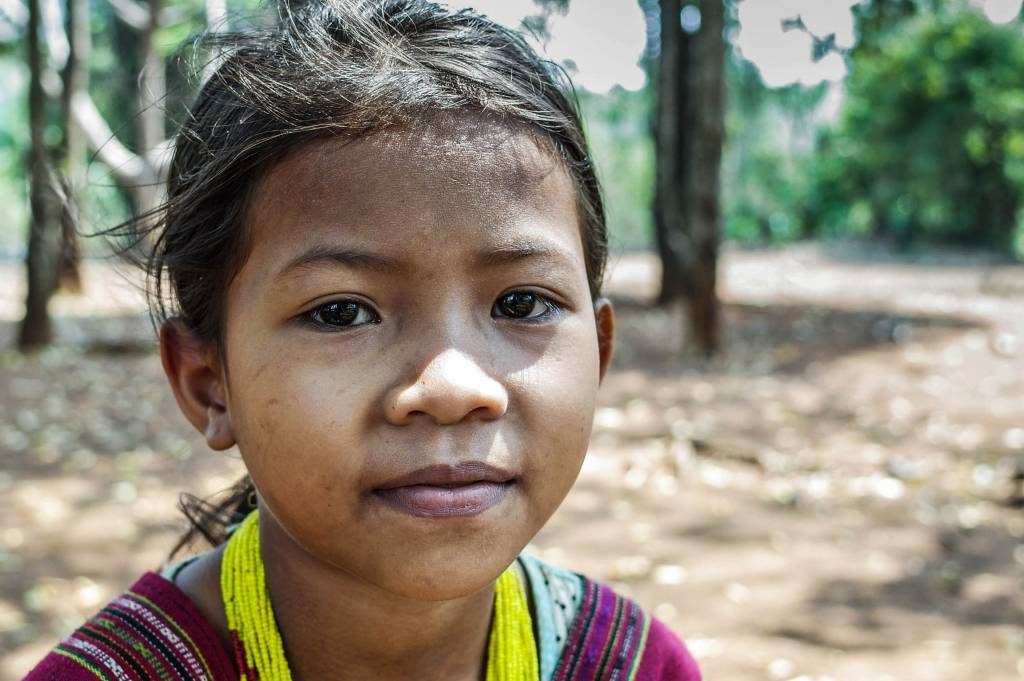
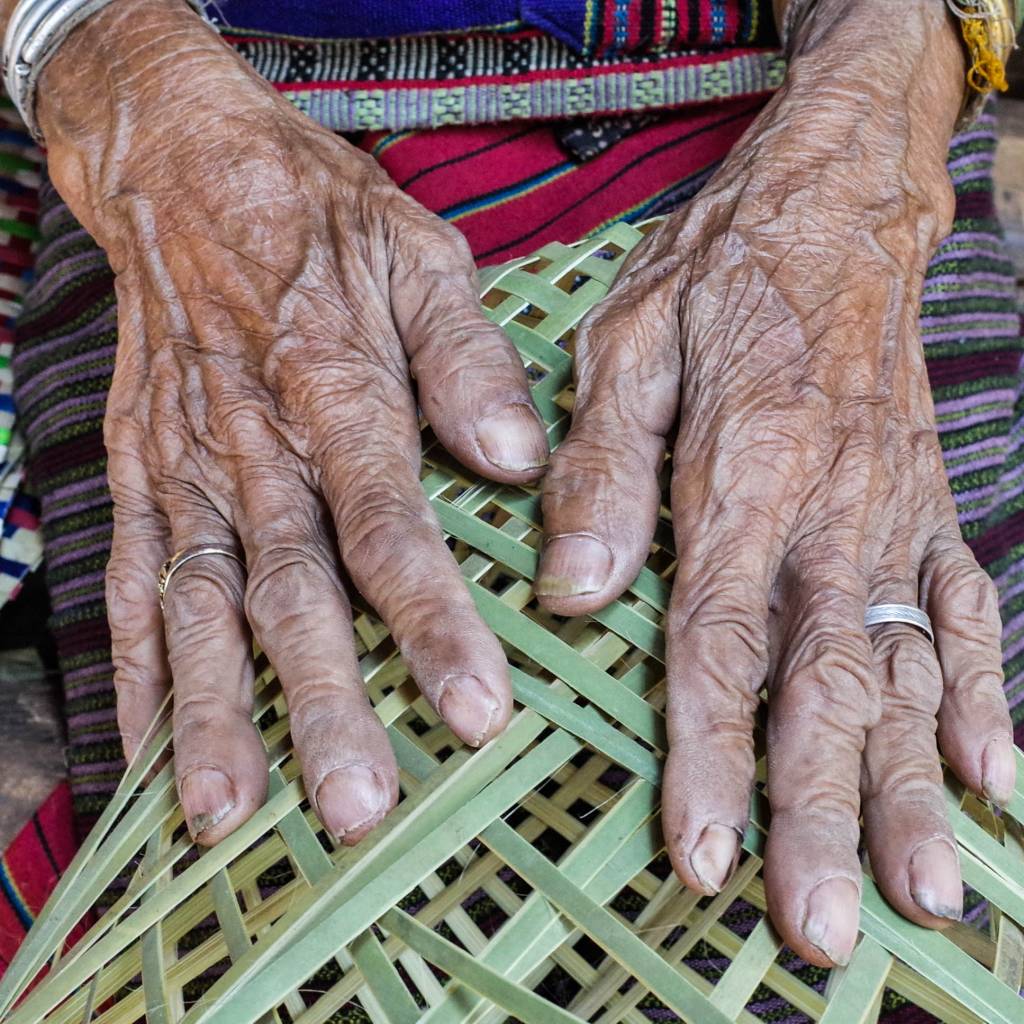
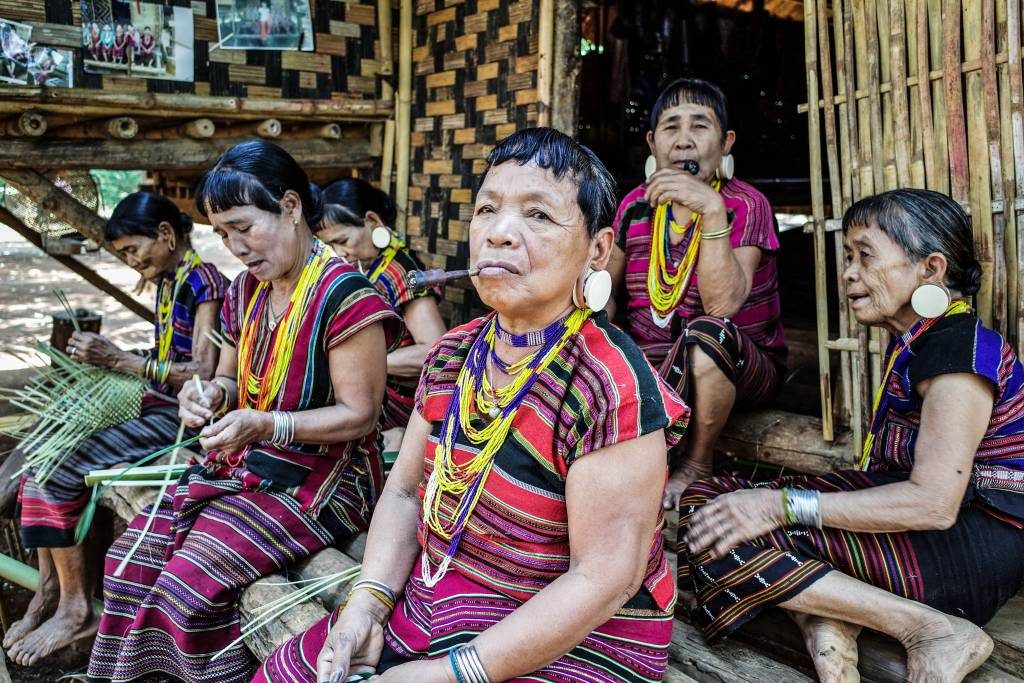
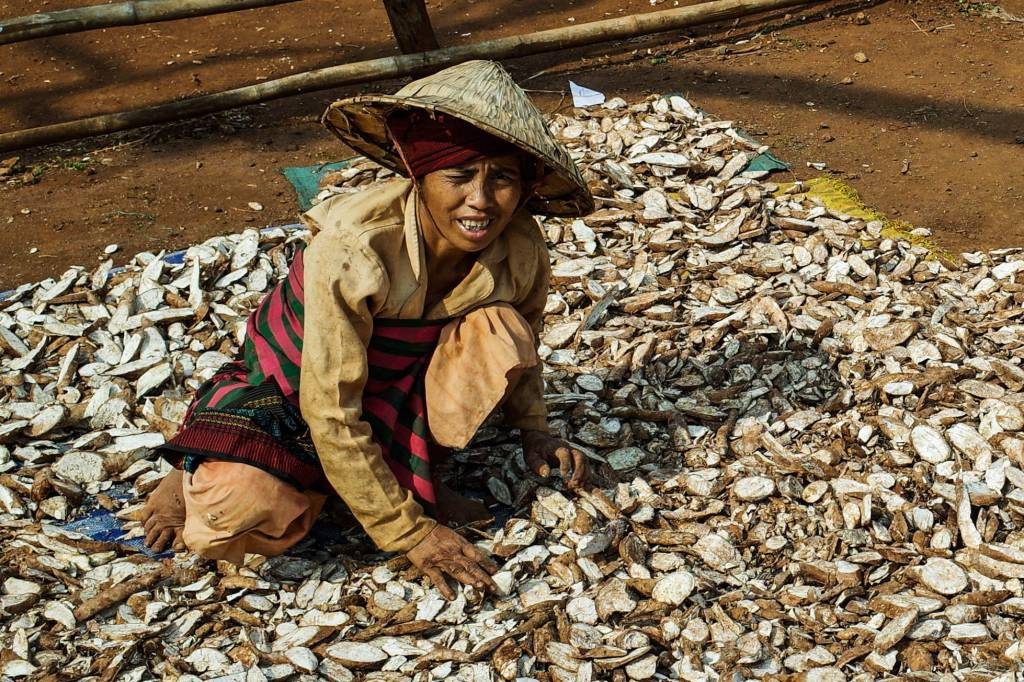
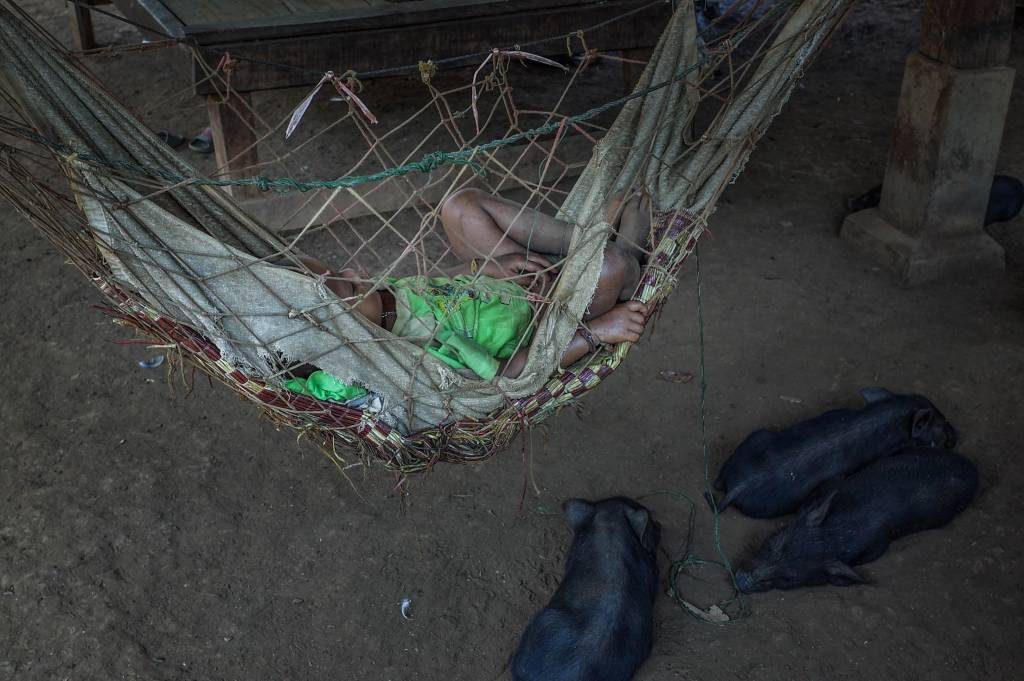
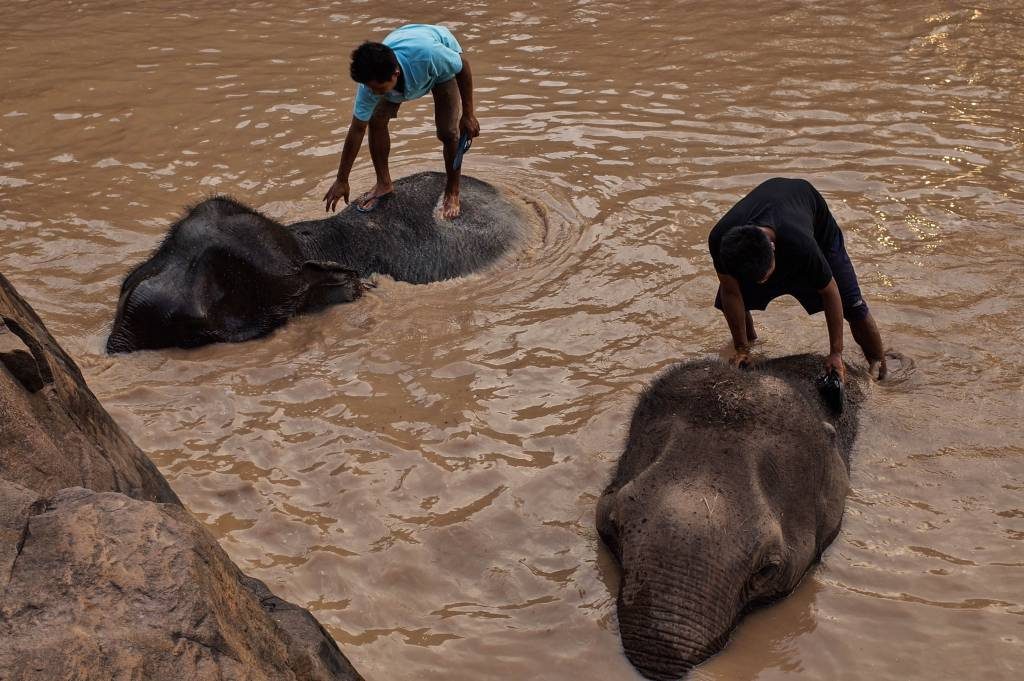
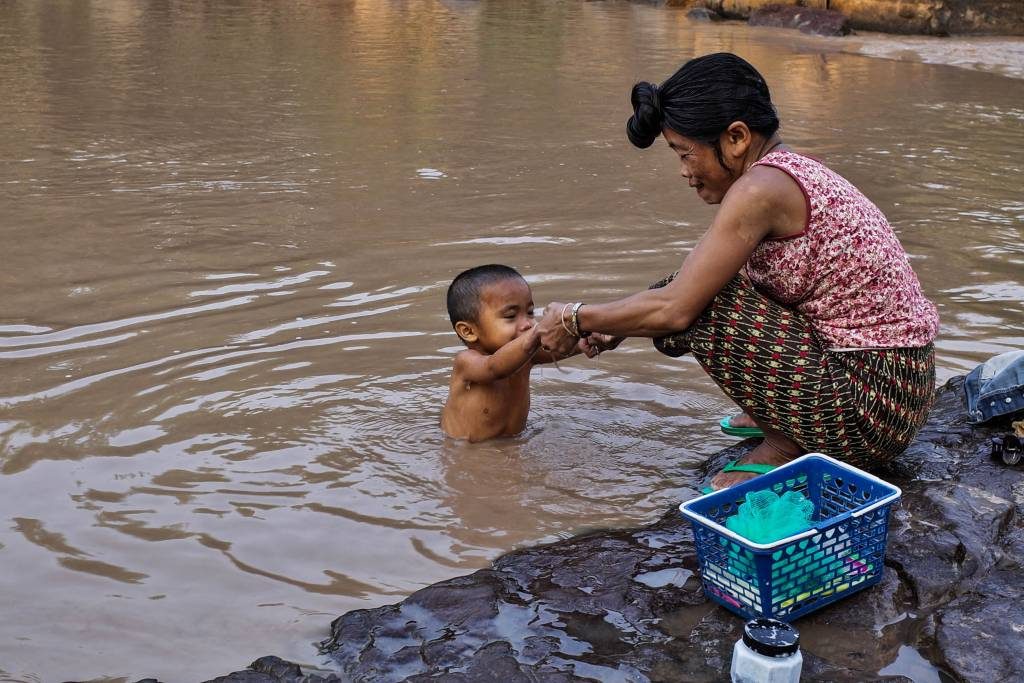
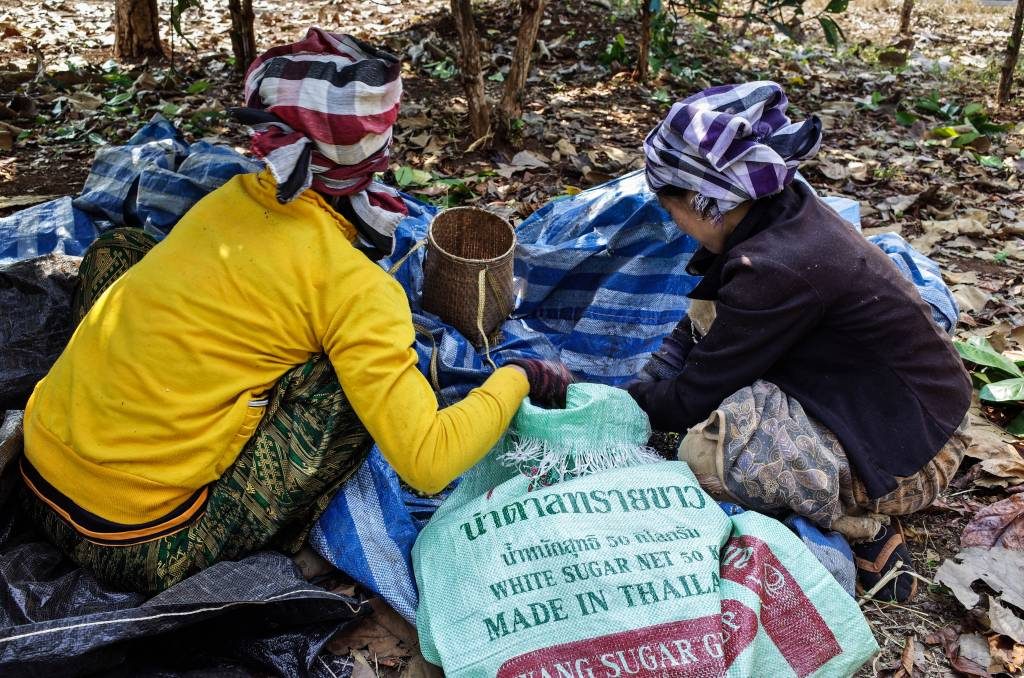
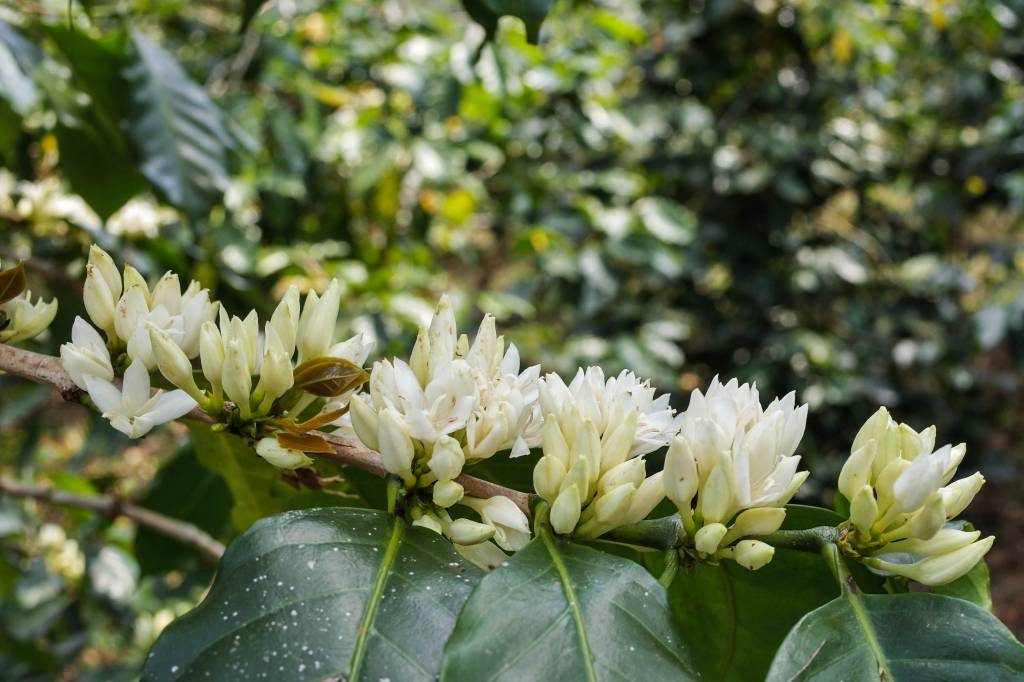
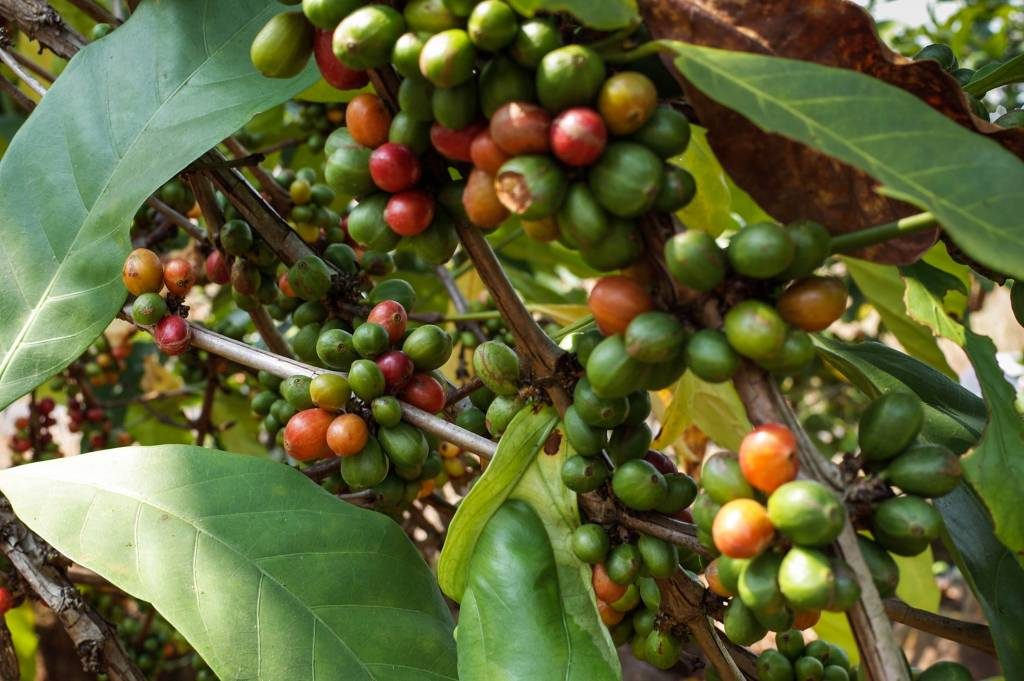
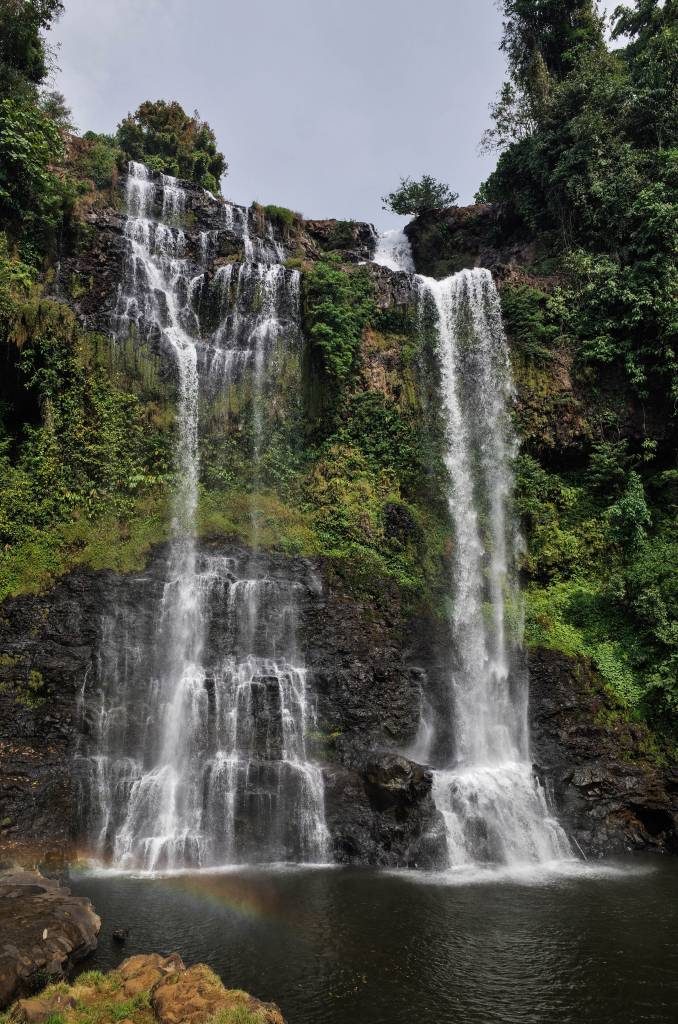
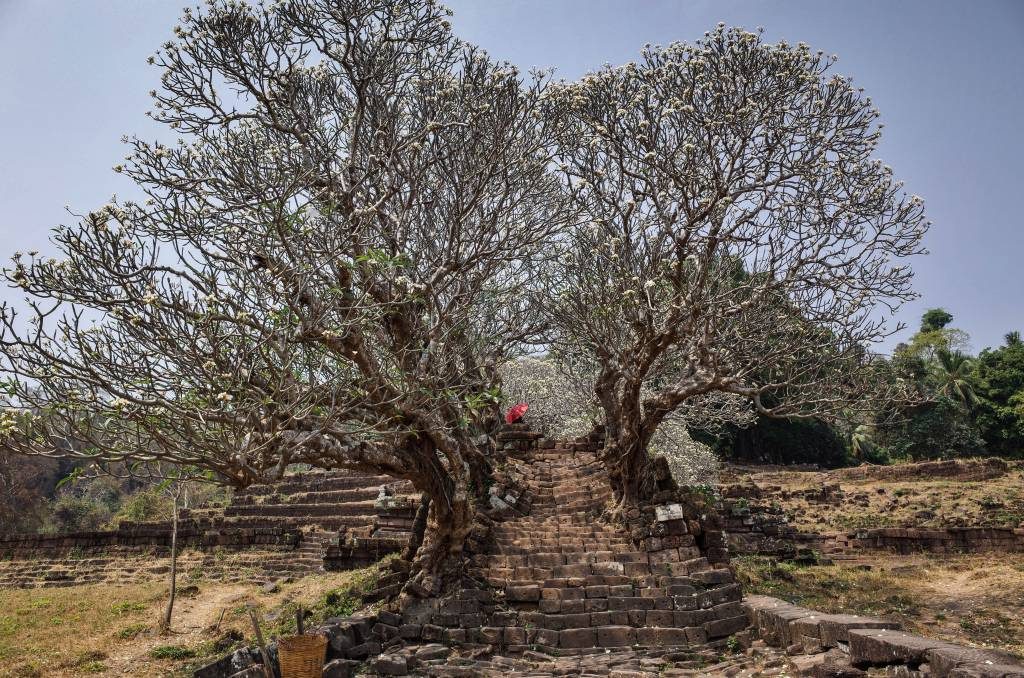
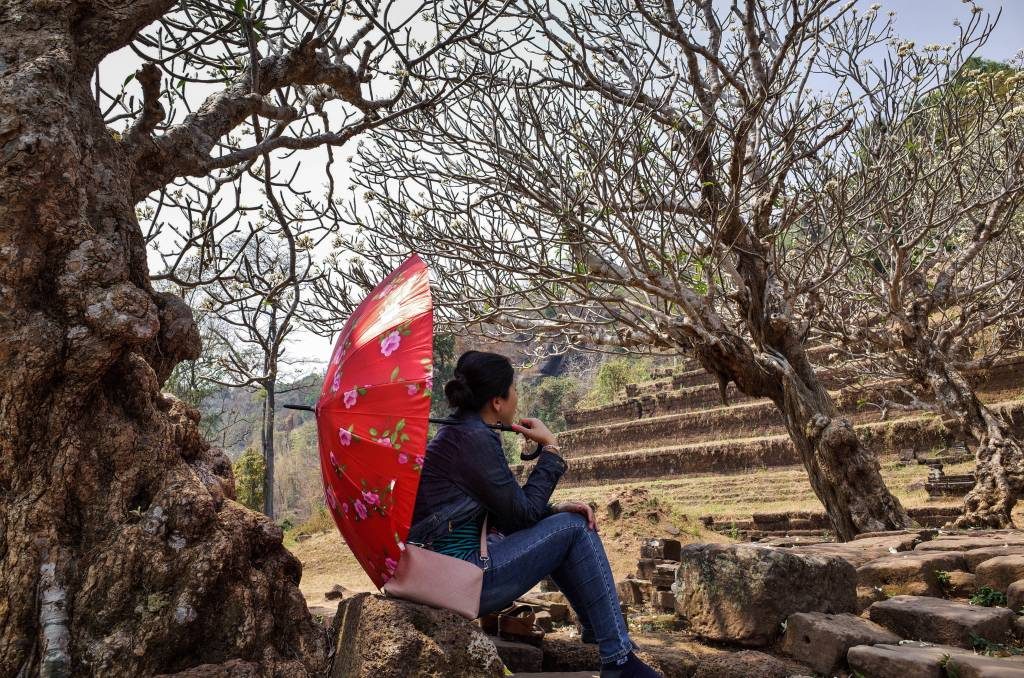
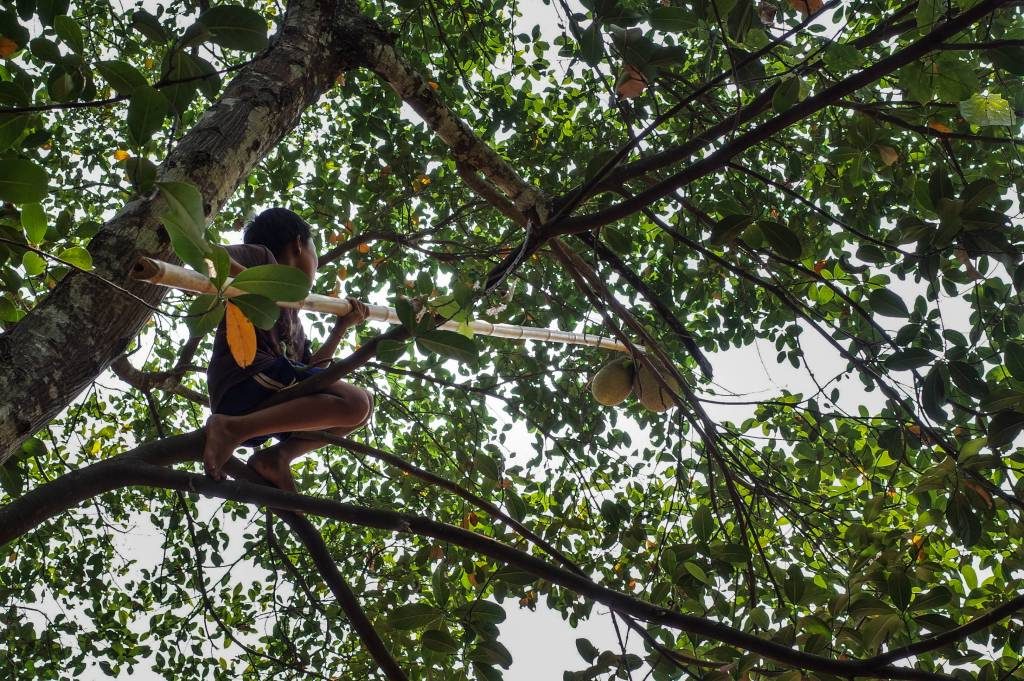
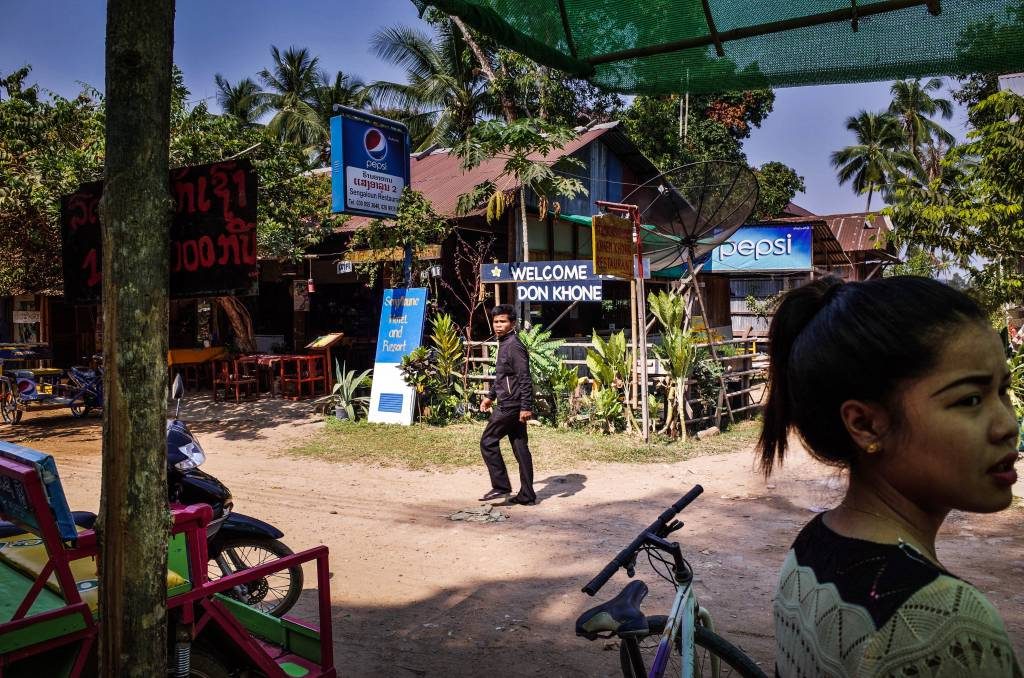
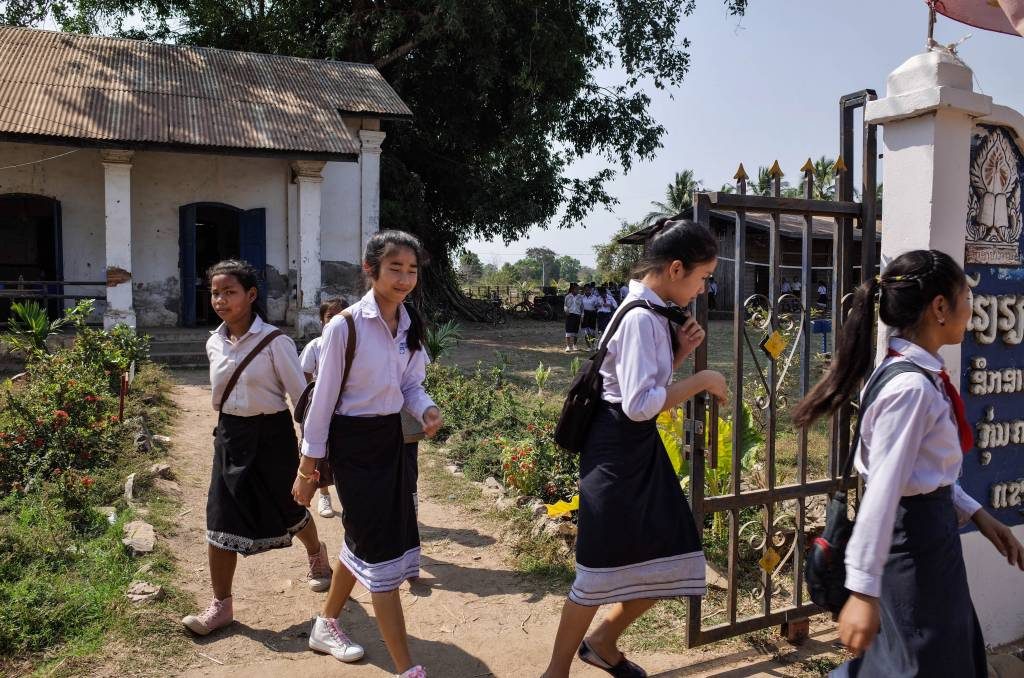
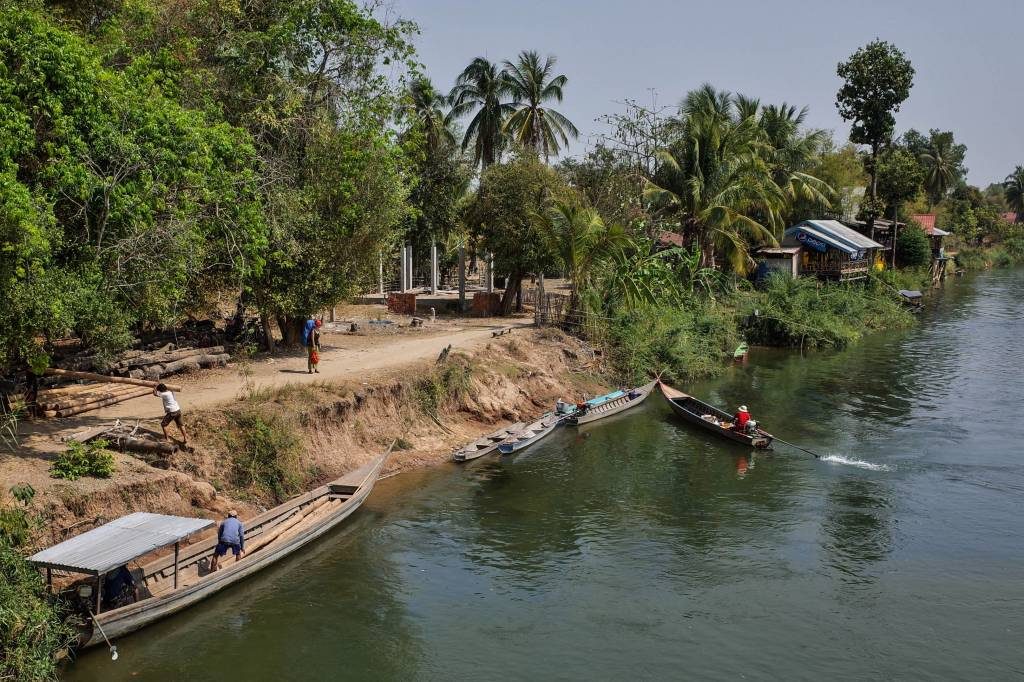
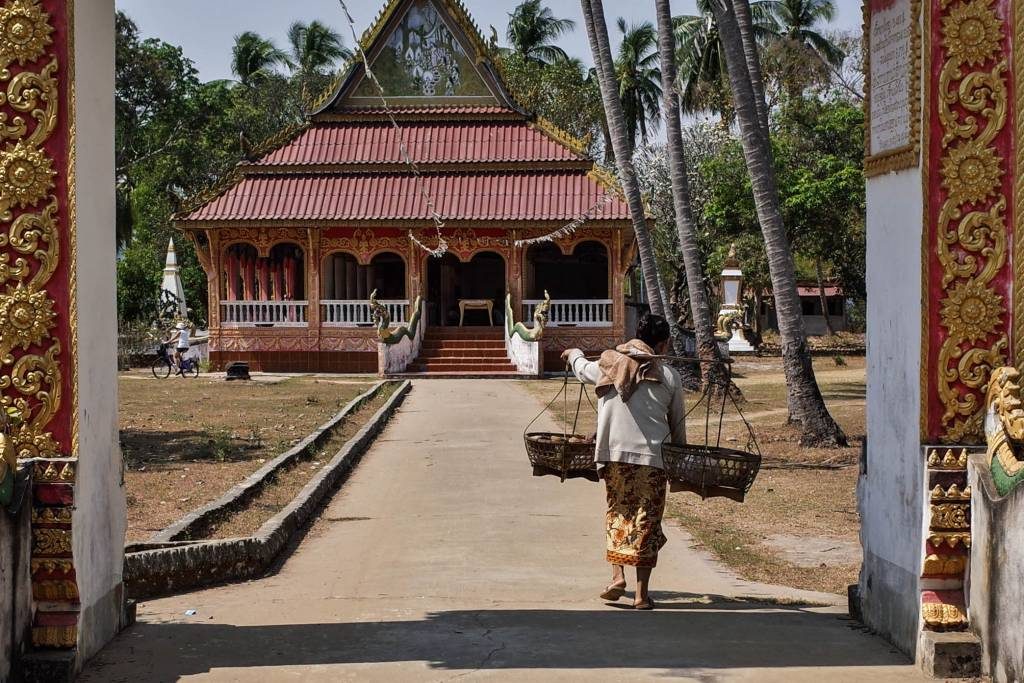
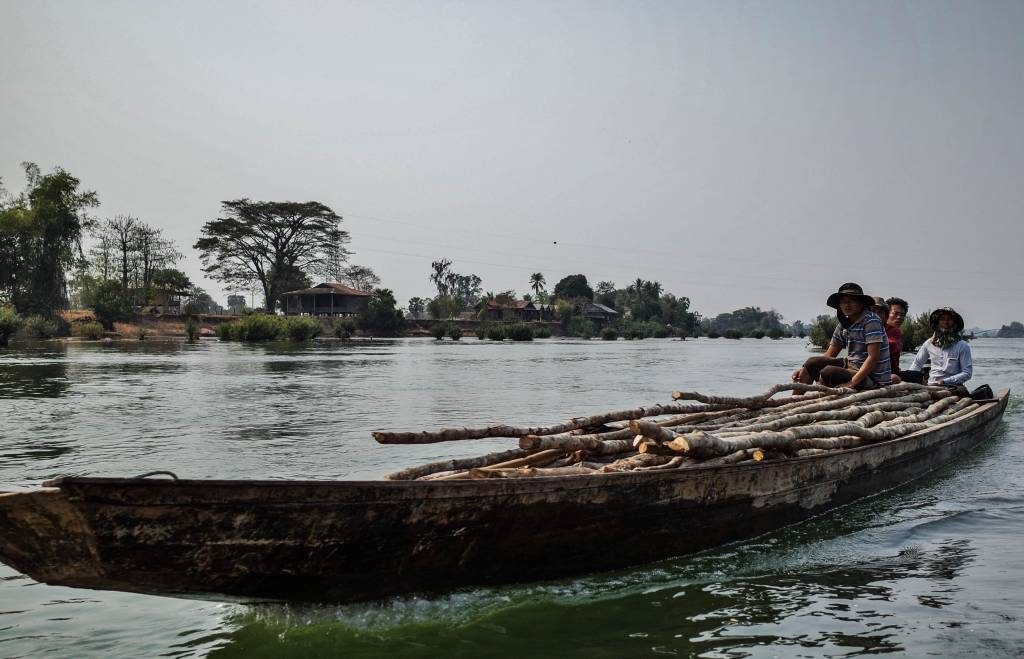
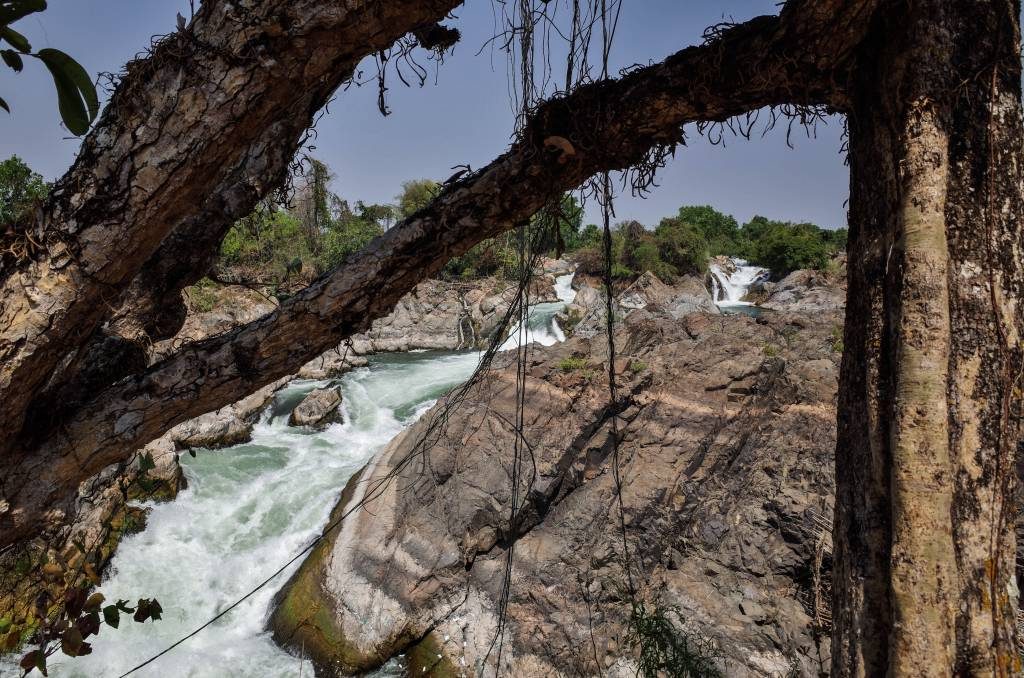
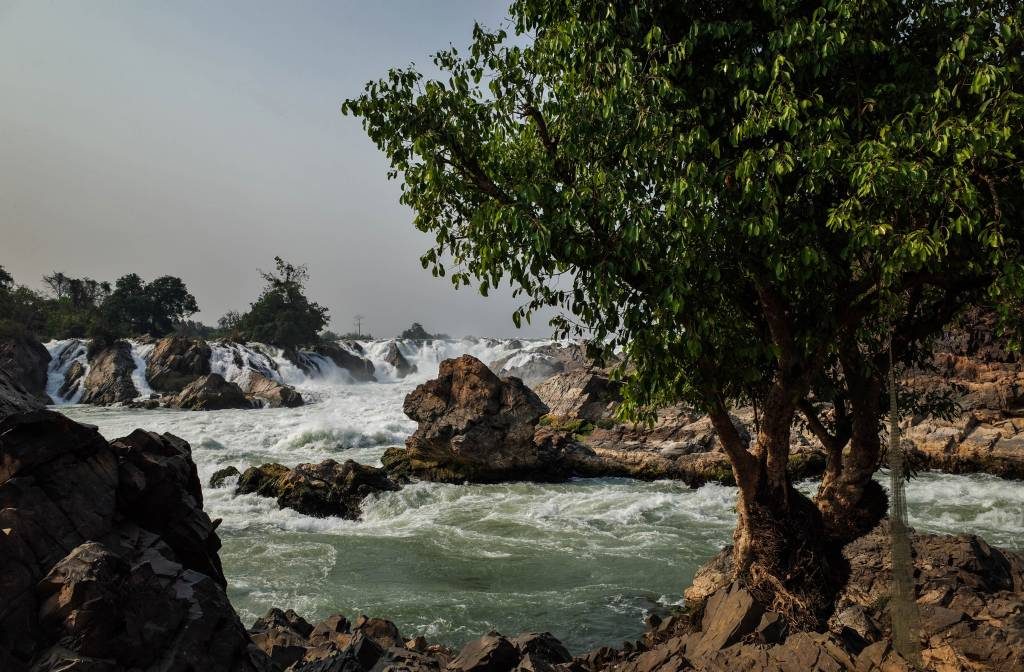
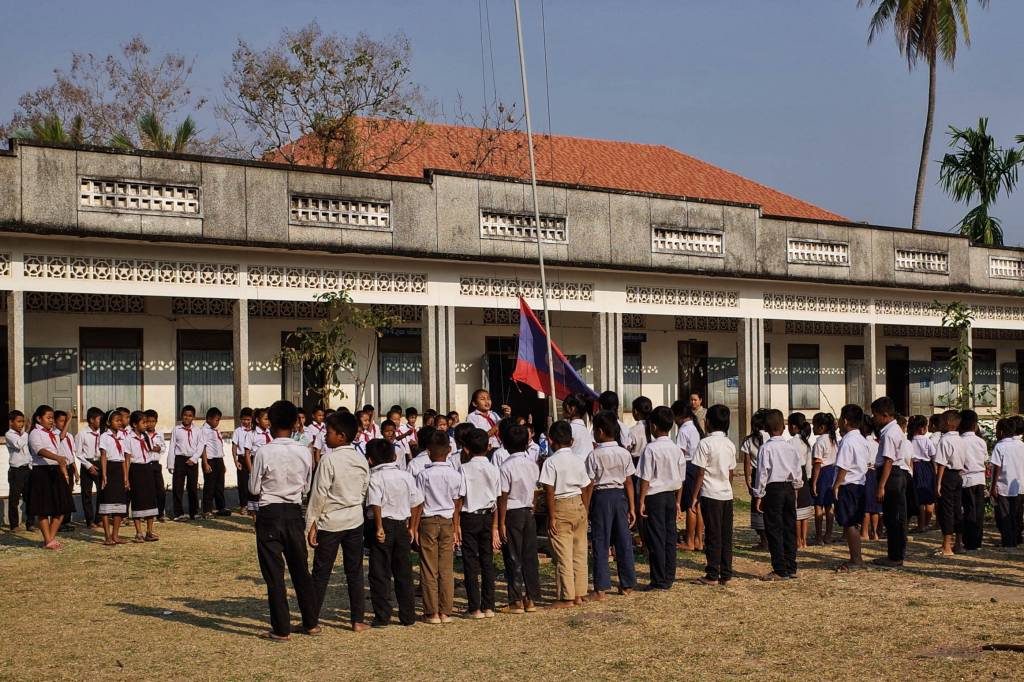
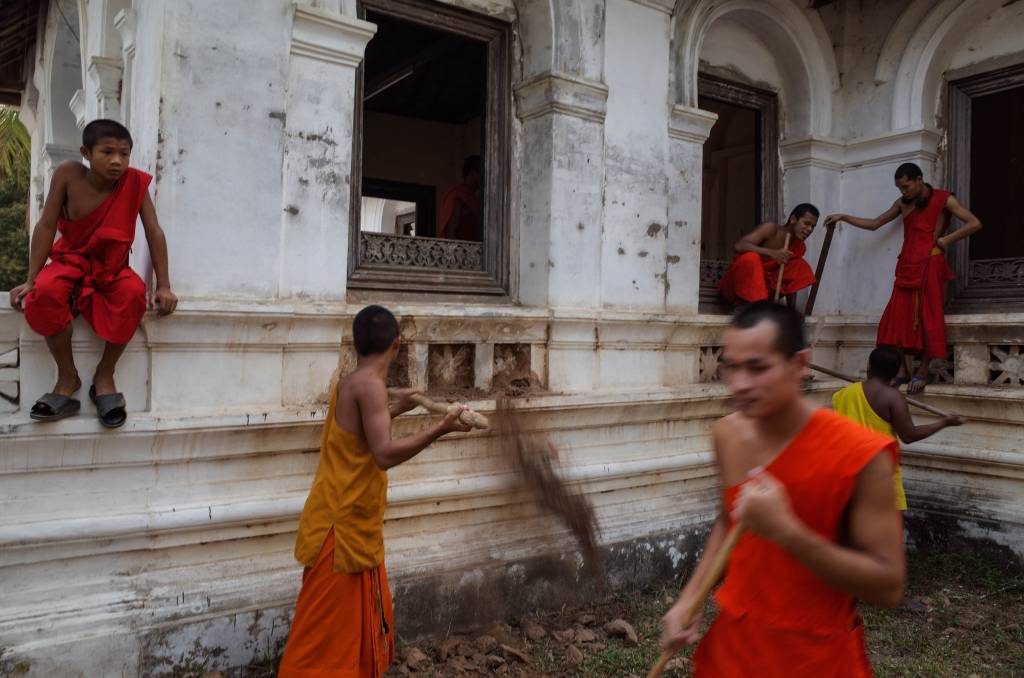
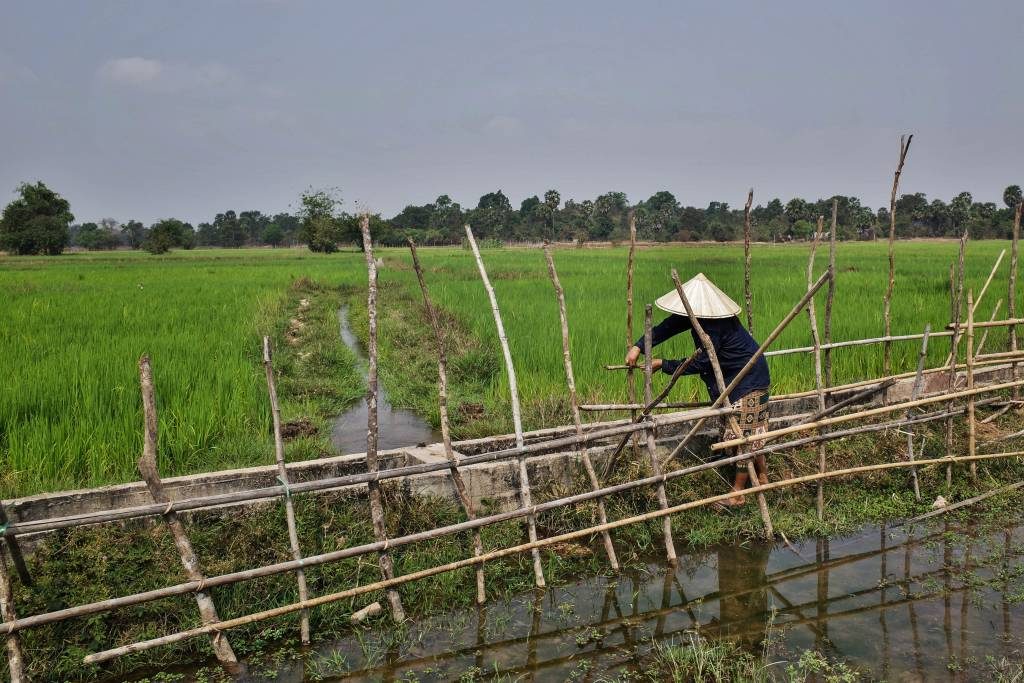
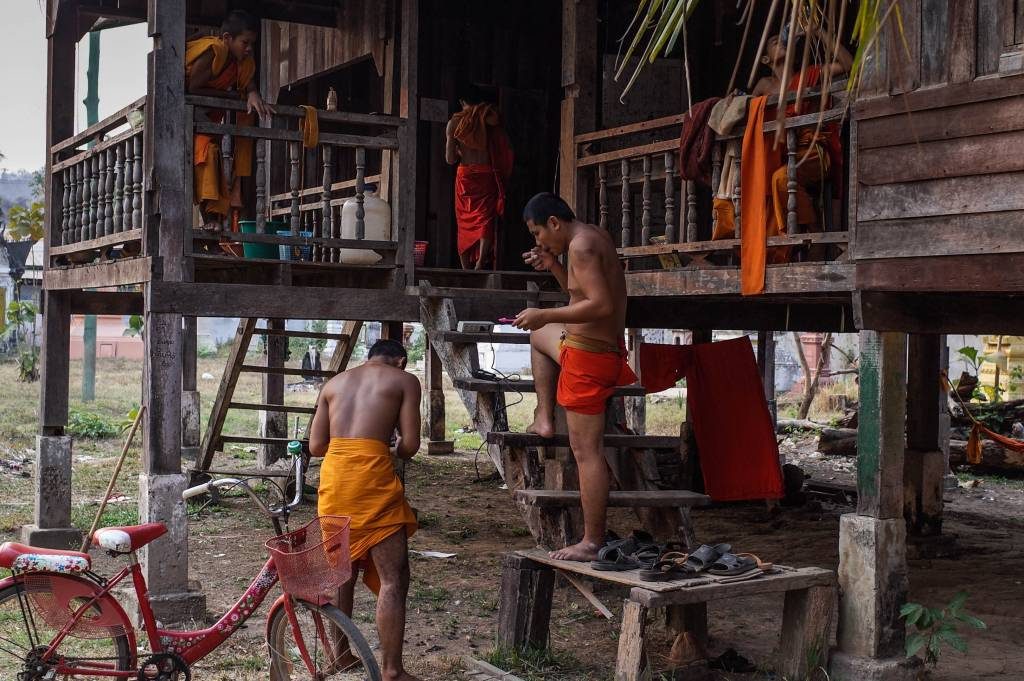
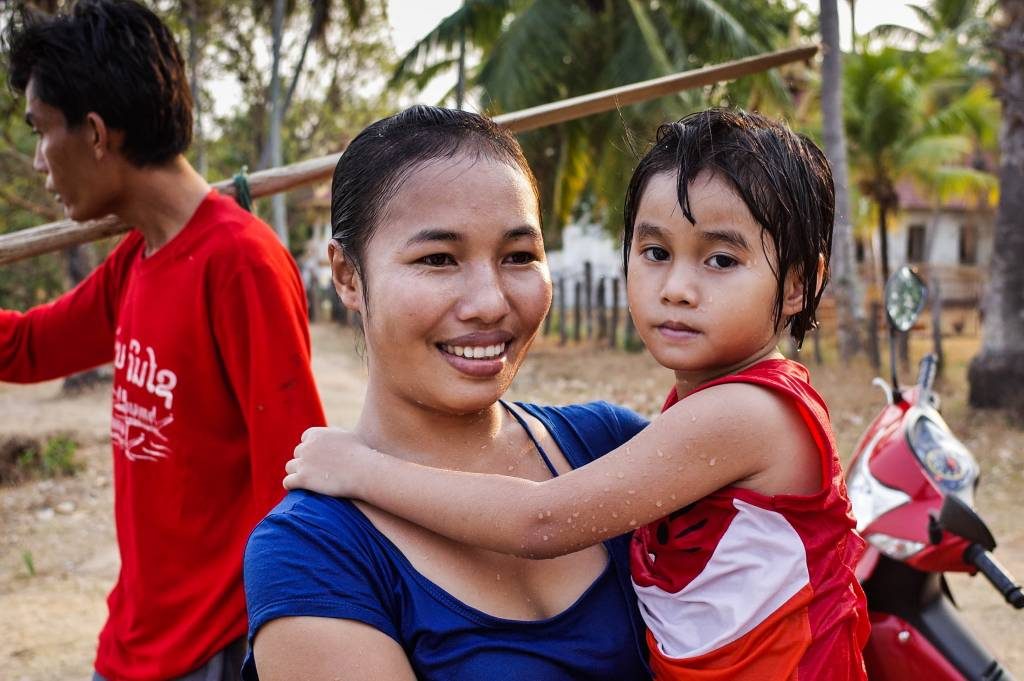
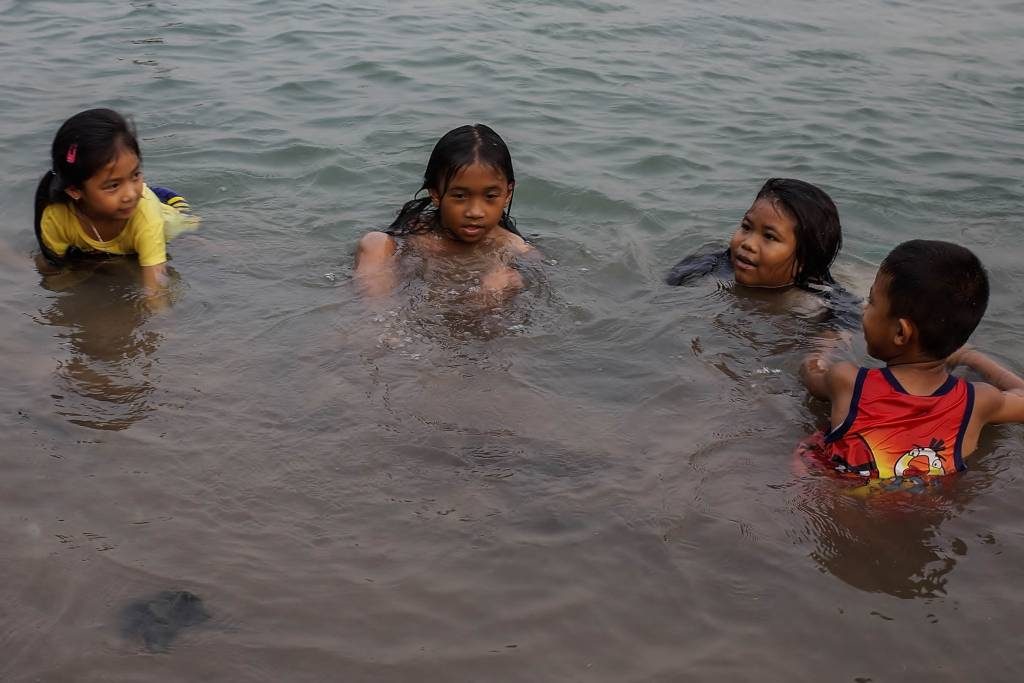
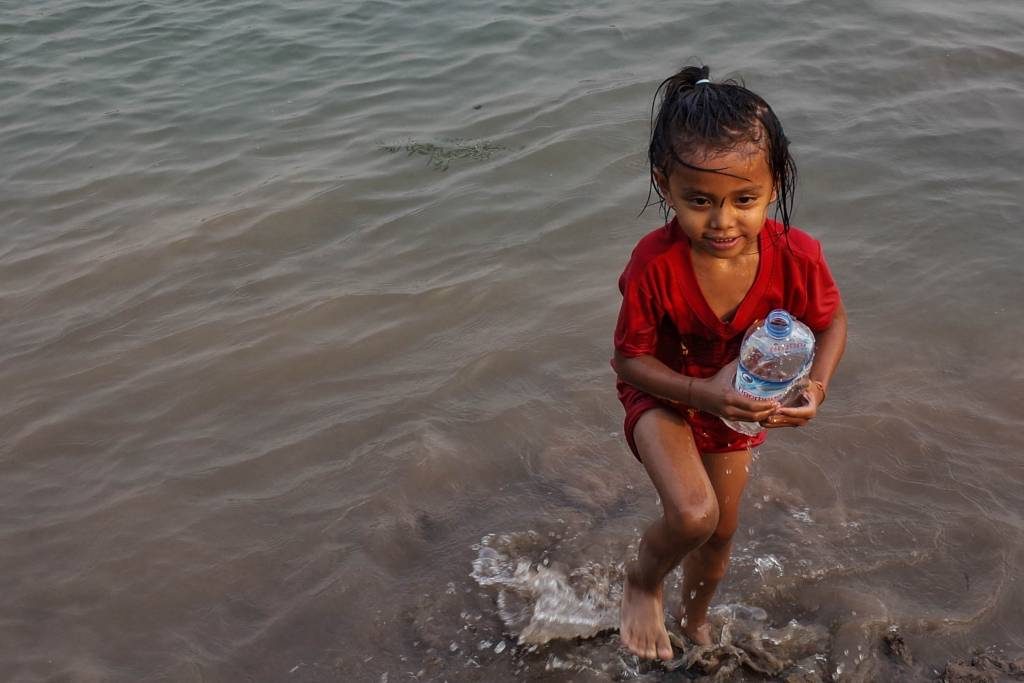
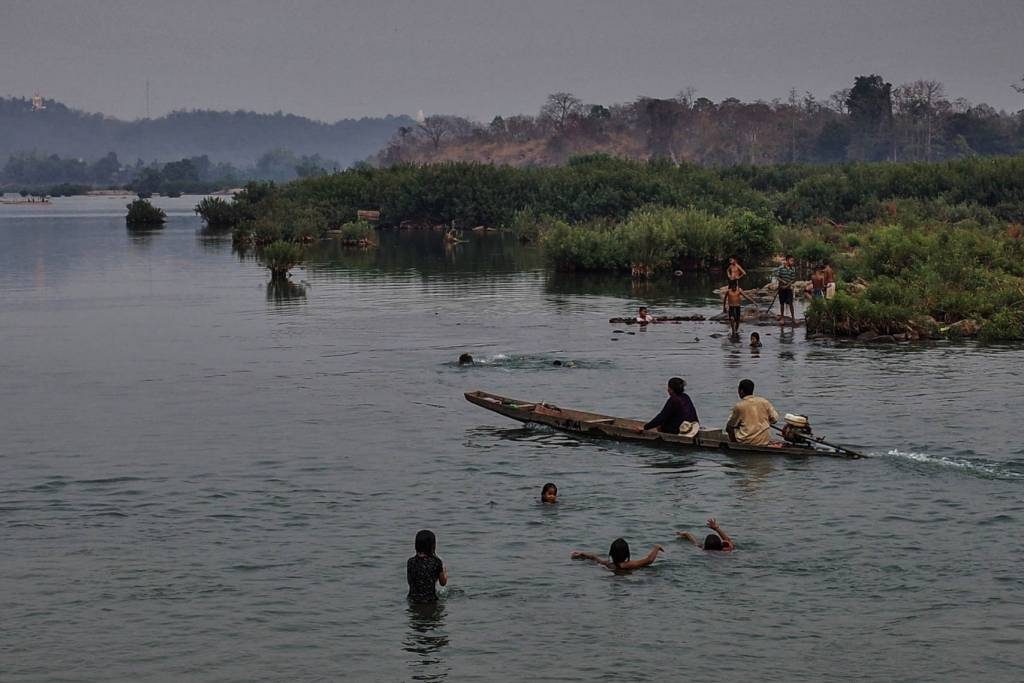
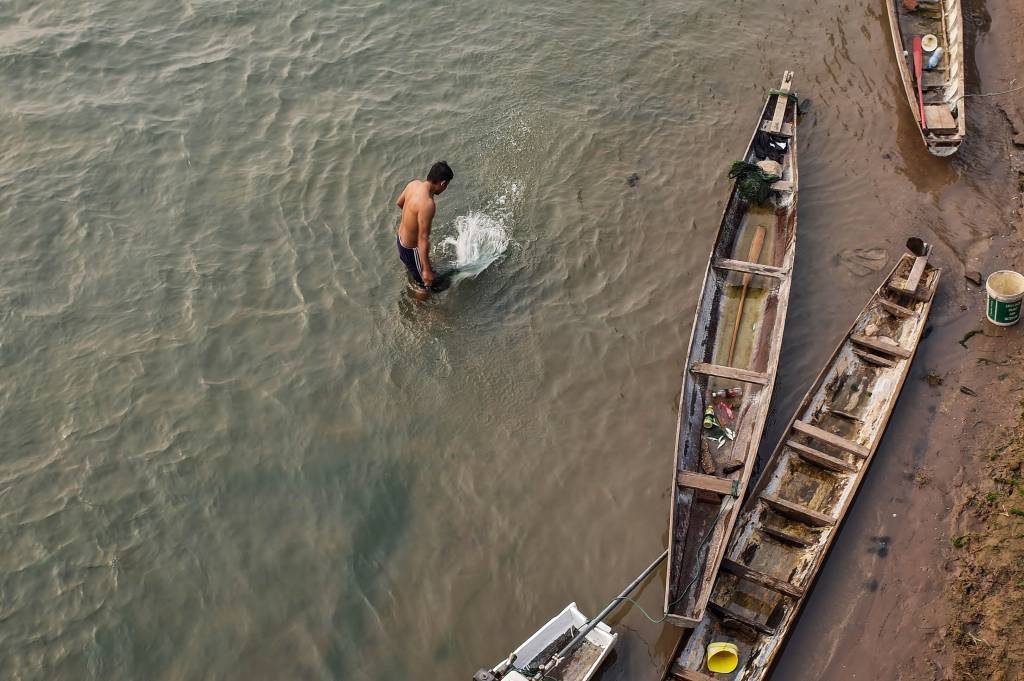
Thanks for the article Jean which has shown me something of a country I know almost nothing of. The photos are excellent, I particularly liked the header photo with the fish. Kevin
Thanks Kevin,
Laos is indeed a wonderful country. The markets and colours are amazing. What I most appreciated was the slow pace of life.
Thanks Dave
The GR is a wonderful camera when it comes to travelling to far away places. It’s a no brainer. The colours need a bit of post to enhance contrast and clarity when I’m back from travelling.
Jean
I am loving your articles on the GRii, and again the images are of an excellent quality with great colours too.
Thank you for sharing with us all Jean, i will look forward to what you dig out of the archive next.
Dave
Just simply Stunning work, brought back memories here also, we used to have to go cross border to extract LRRP teams, RECON that would monitor traffic (Charlie coming down from the north). Have you ever compared a Ricoh to those Sony Rx100 series, they seem about the same size and also look like workhorses? Where to next?
Thanks John.
I did try the sony series rx 100 mk 3 or 4 I can’t remeber but I did not like the output. I had a A7 in the past and did not keep it long as well. The images looked too sleek and hollow to my eyes. I prefer having a 10-12 Mpx camera with a fixed lens or crop ability as in the ricoh. We’re off to Kathmandu valley next February. Meanwhile there will probably be an couple of articles on Cambodia and Bali.
Thanks John,
Most images were taken either with the 28mm or the crop mode at 47 mm. It basically fills the two focal lengths I had when I had the Leica M8 32 and 47 mm. I very rarely crop in pp, I just have one of the fn buttons assigned to the crop mode at hands and prefer to frame the images that way. If a ricoh is at the back of your mind, don’t bother with the new model. The gr ii prices have dropped down and I guess a new one can be found for 500 euros or £ 400. Just add the adapter for the 21mm as the camera is dust prone with the retracting lens. I certainly would not bother with the new gr iii despite all the reviews I’ve read on the net. I’m using an old GRD4 at the moment alongside with the X2 and despite its age and small sensorits an amazing camera.
Thank you, Jean, for valuable guidance. Maybe I’m getting nearer. The APS-C sensor, the roughly 50mm crop possibility, the small form and the evidence of your images are highly persuasive……..
Thank you for once again sharing your travels with us. Your photos vey nearly smell of the surroundings! I also admire, with a couple of exceptions, your framing with the 28mm focal length. Also you seem to be good at both filling a photo to bursting point and disciplining yourself to very “economical” images. (Of course, I don’t know how much, if at all, you crop in pp.) I keep thinking “Must try that and perhaps I could buy a Ricoh some day!” This is, of course, my agenda, but your images certainly point a direction as well as giving an introduction to another world.